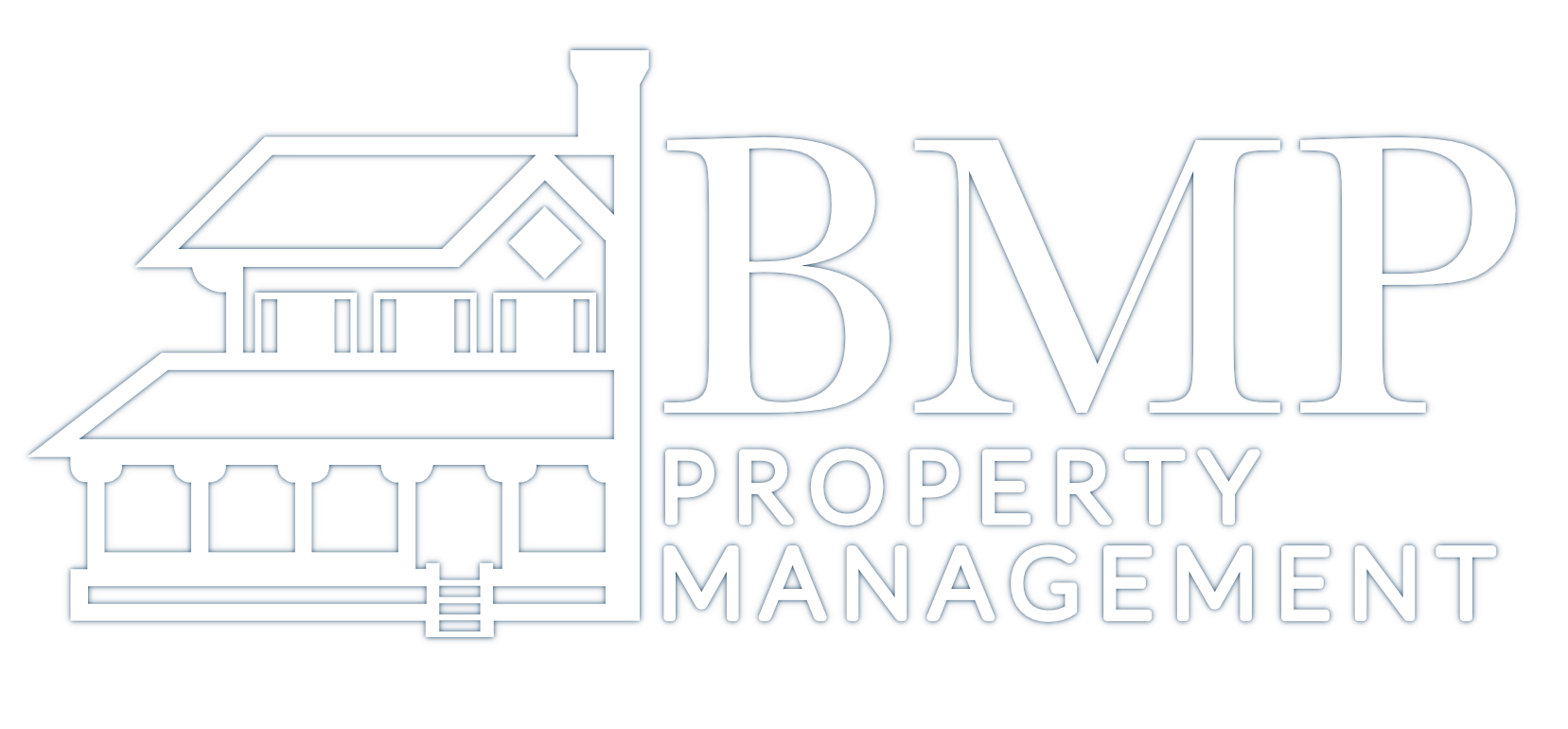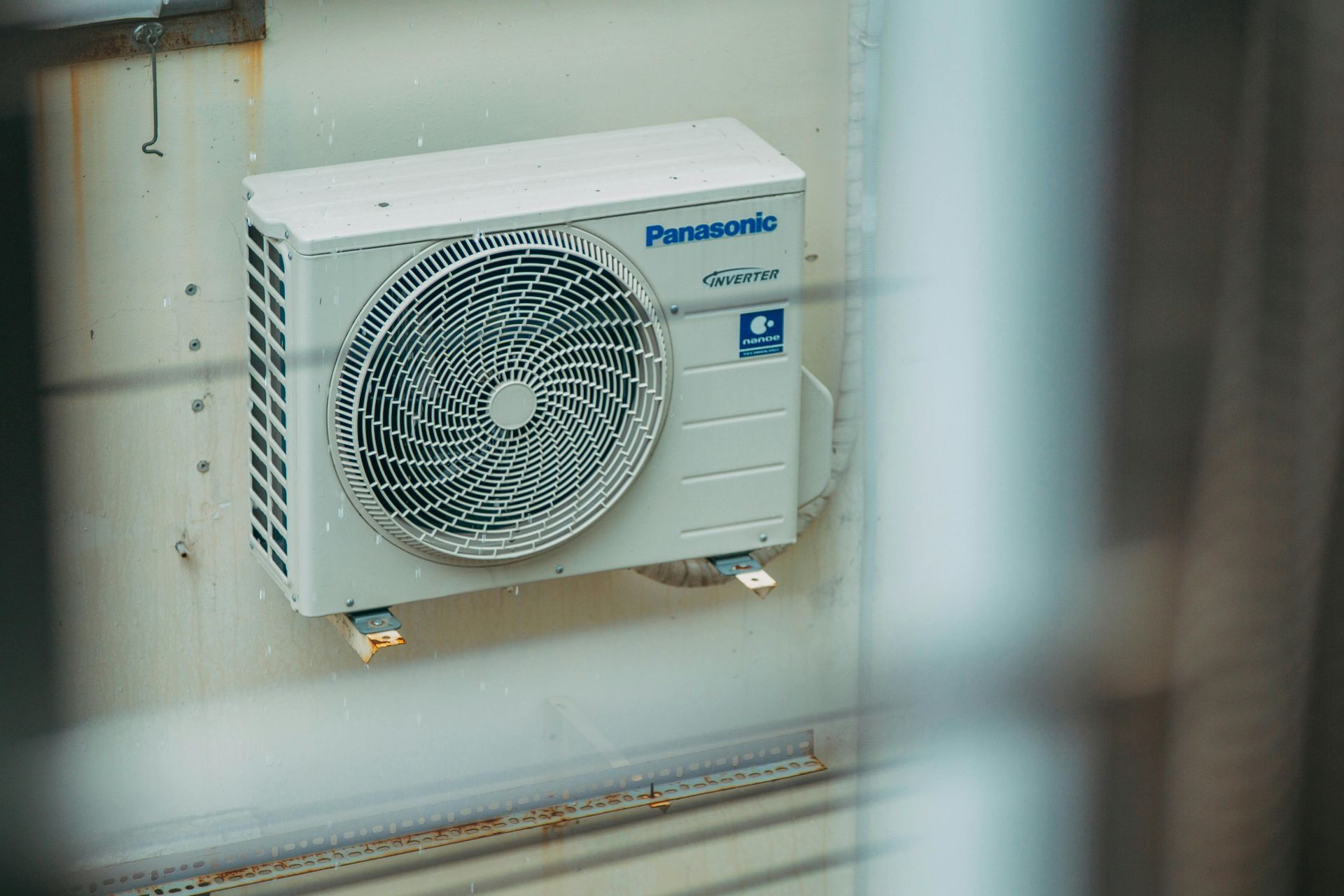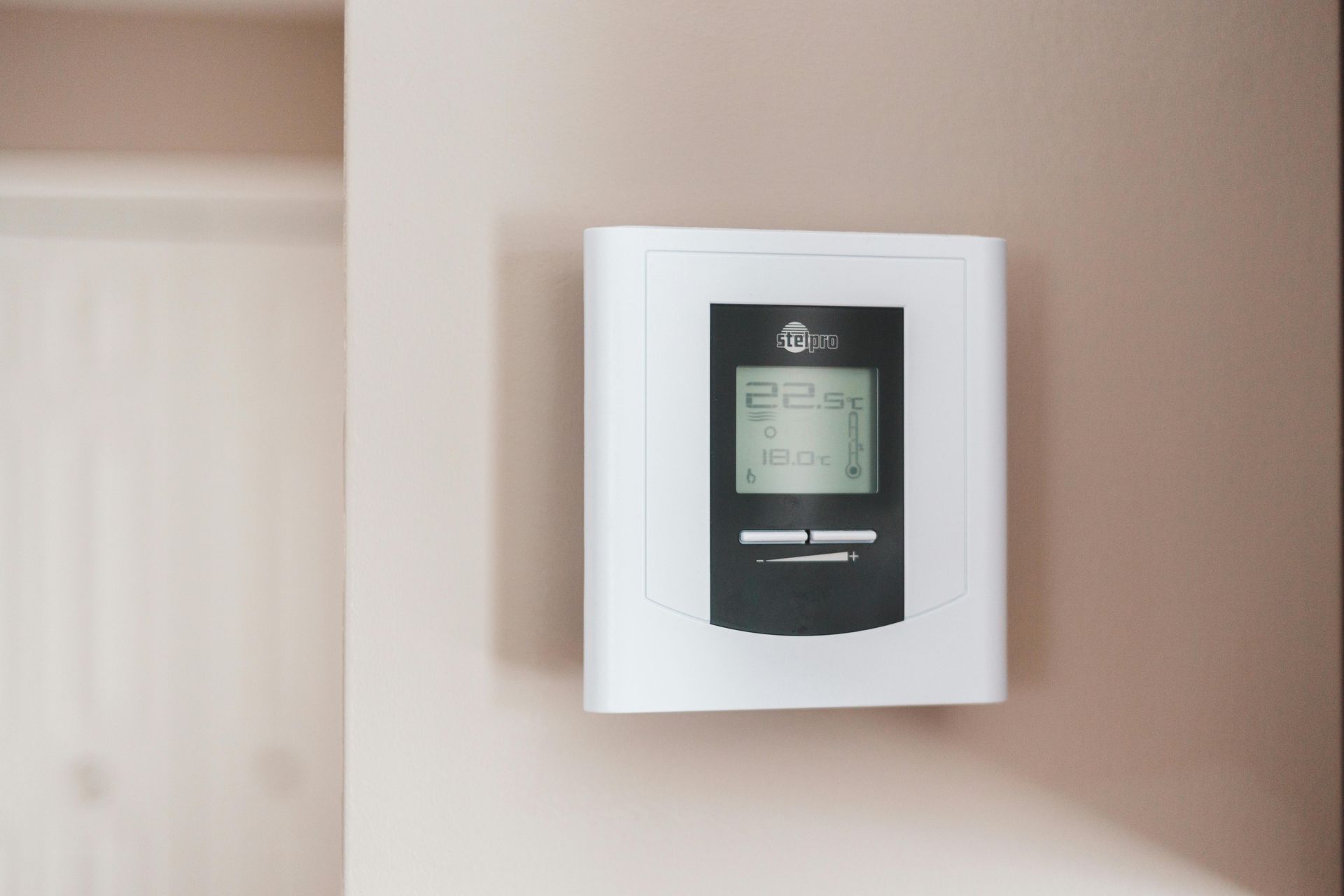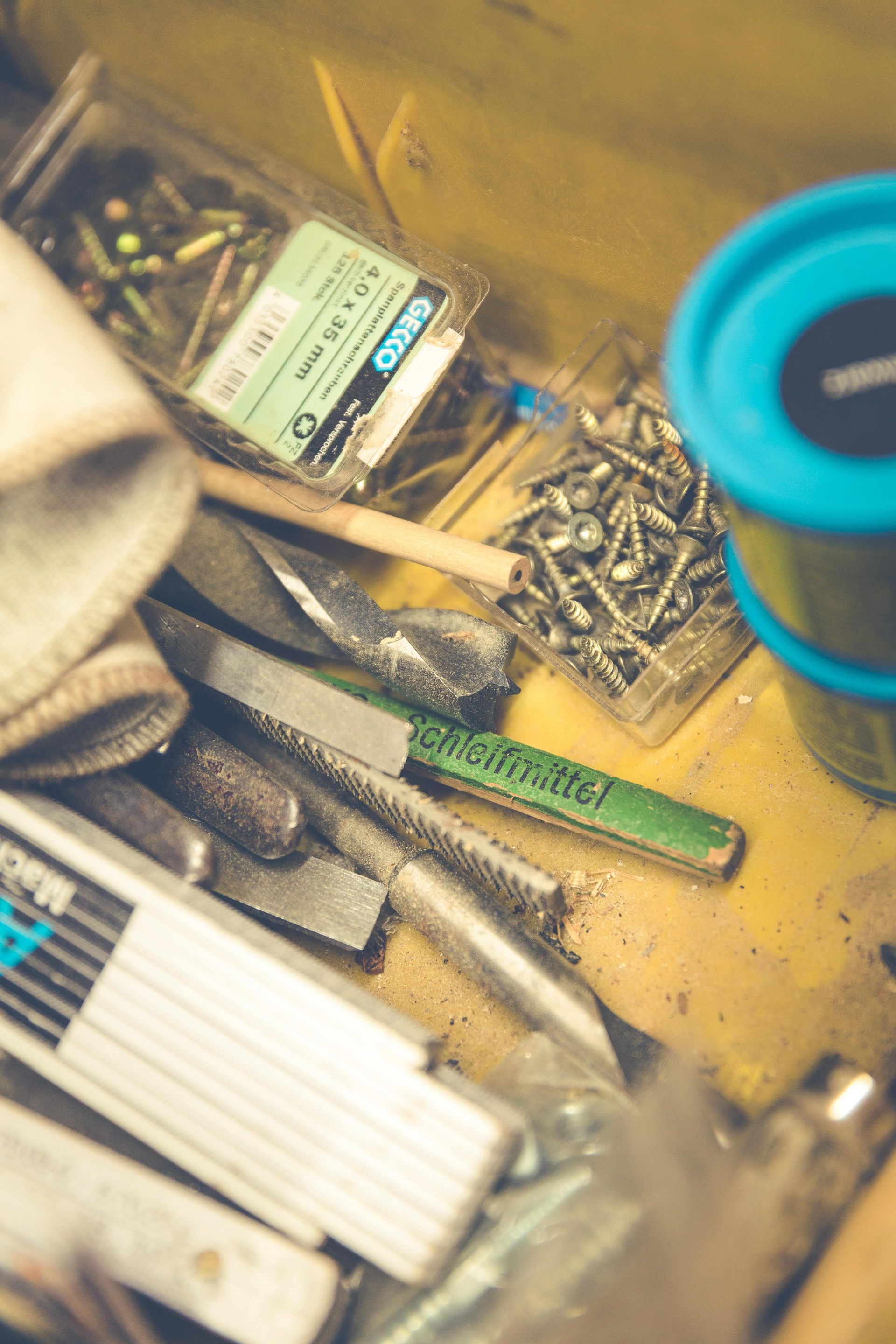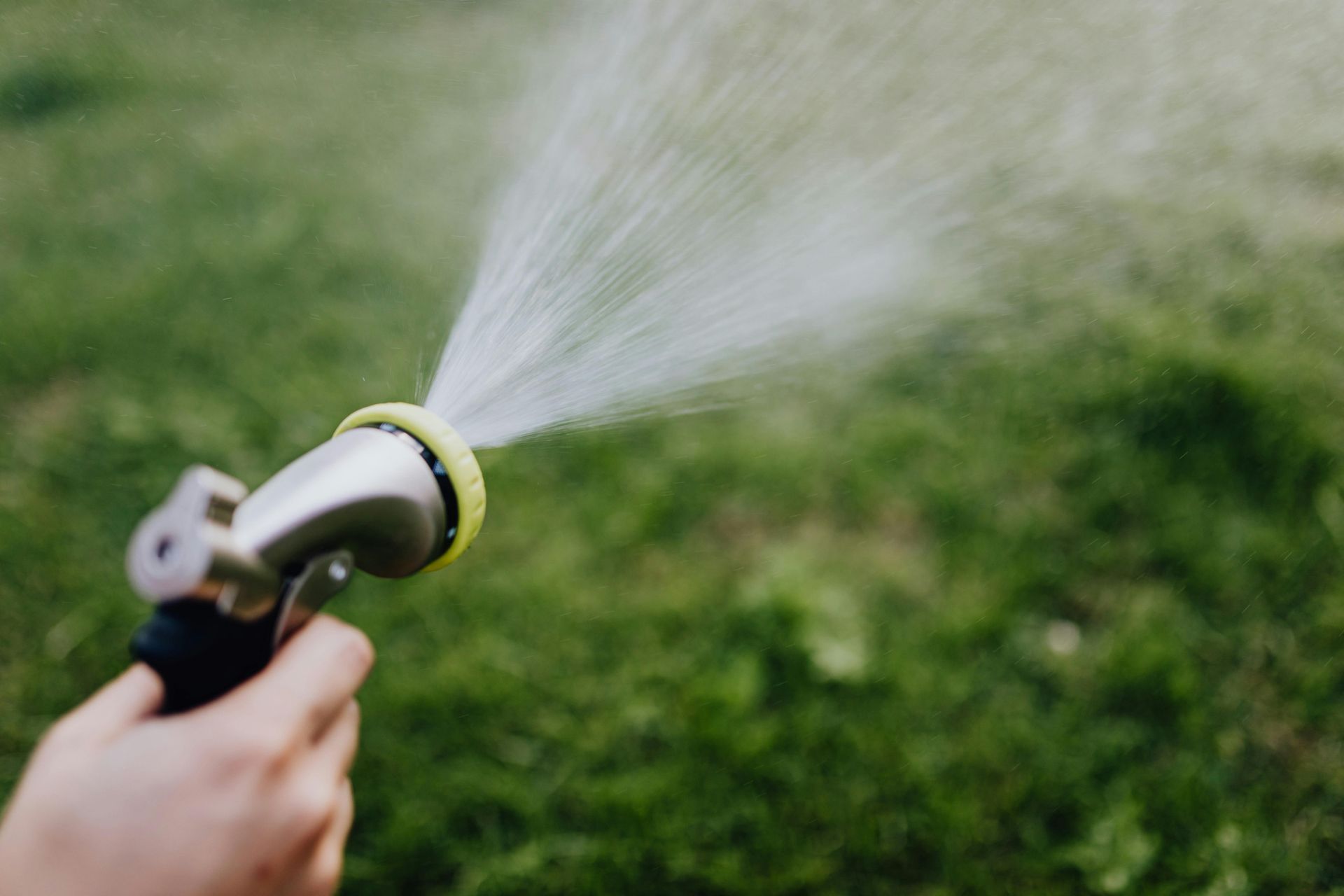Understanding What ‘Normal Wear and Tear’ Really Means
A Guide to Protecting Your Security Deposit
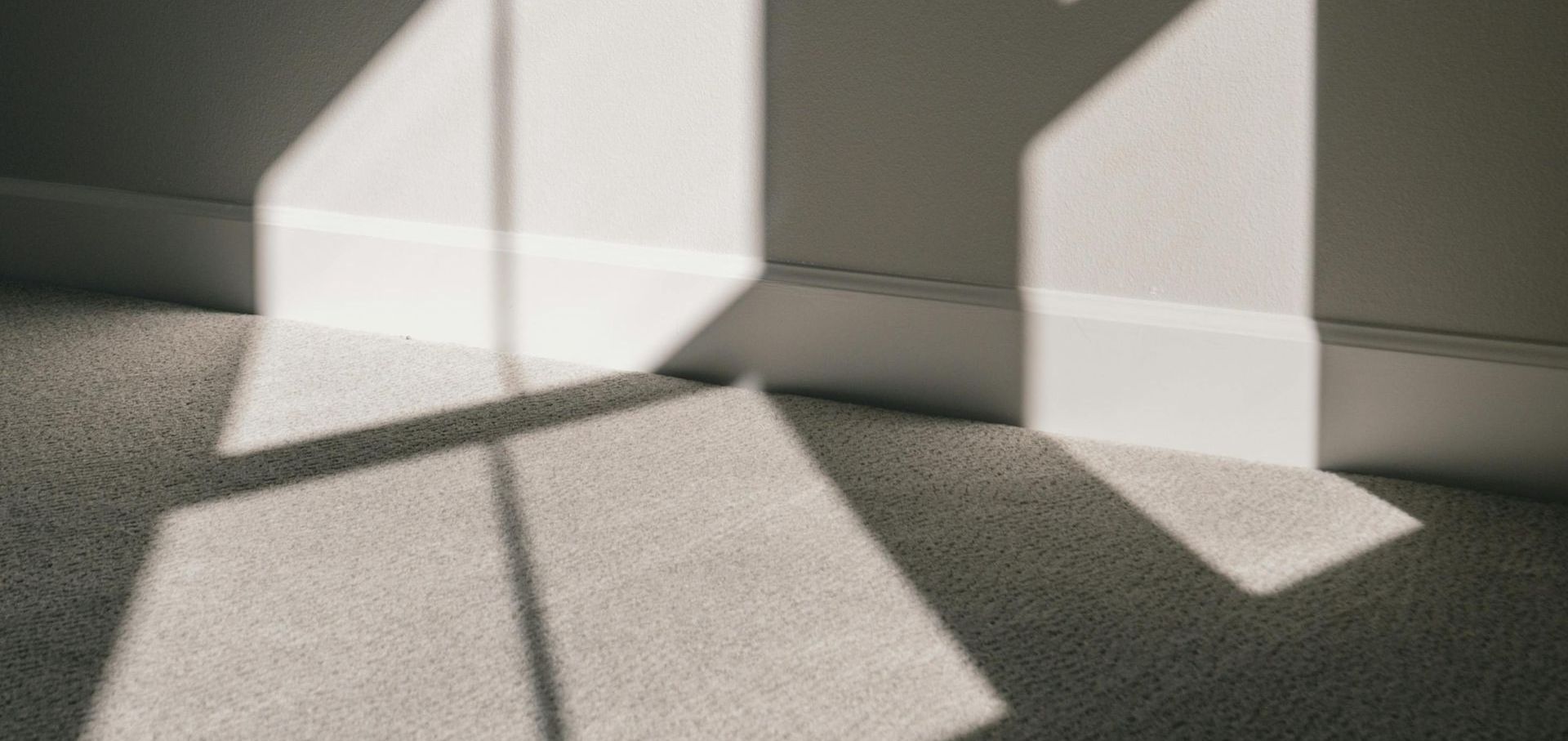
As a tenant, one term you’re likely to encounter is “normal wear and tear.” Understanding what this phrase means can save you from disputes with your landlord when it’s time to move out. Let’s break down what qualifies as normal wear and tear, what doesn’t, and how you can protect your security deposit.
What Is Normal Wear and Tear?
“Normal wear and tear” refers to the natural and expected deterioration of a property over time due to regular use. It accounts for minor issues that occur without negligence, misuse, or abuse.
Examples include:
- Slightly worn carpet in high-traffic areas
- Small nail holes from hanging pictures
- Faded paint from sunlight exposure
- Minor scuff marks on walls
These are considered normal because they happen as a part of everyday living and aren’t the result of tenant carelessness.
What’s NOT Considered Normal Wear and Tear?
Damage caused by negligence or misuse goes beyond normal wear and tear and could result in charges against your security deposit.
Examples include:
- Stains, burns, or large tears in carpets
- Broken or missing blinds
- Large holes in walls or excessive paint damage
- Missing or damaged fixtures
- Mold or water damage due to lack of reporting maintenance issues
These types of damage typically require repairs that go beyond routine maintenance and could be deducted from your deposit.
How to Protect Your Security Deposit
- Document Everything:
At move-in, fill out an inspection checklist and take photos to document the property’s condition. Be thorough—this will protect you from being charged for pre-existing damage. - Report Maintenance Issues Promptly:
If something breaks or needs attention, notify your property manager immediately to prevent further damage. - Perform Routine Cleaning and Maintenance:
- Clean regularly to avoid buildup that could cause damage.
- Replace furnace filters as required.
- Follow lease guidelines for yard care or snow removal.
- Communicate at Move-Out:
Before moving out, review the lease’s move-out requirements, clean thoroughly, and make minor repairs (like filling nail holes).
At BMP Property Management, We’re Fair
Unlike some management companies, BMP Property Management does not aim to profit from security deposits. Our goal is simple: to restore the property to its original condition (beyond normal wear and tear) and promptly return the remainder of your deposit.
By understanding what normal wear and tear really means and taking proactive steps, you can avoid unnecessary deductions and ensure a smooth transition at move-out.

